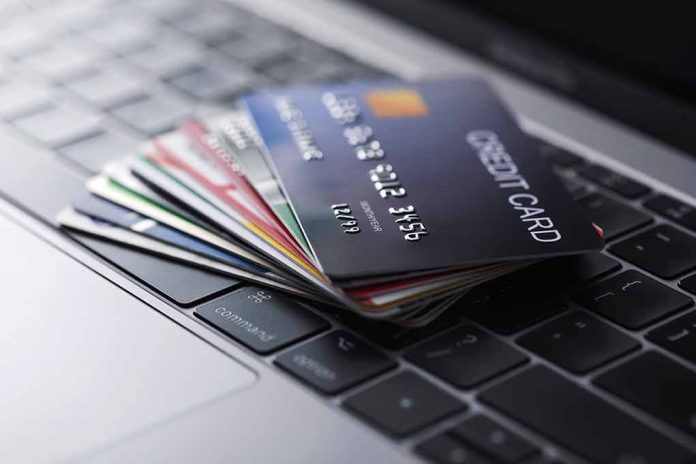
Ensuring credit card safety while traveling is crucial in today’s digital age, and there are several strategies that can significantly help.
Top Takeaways
- Notify your bank of travel plans to prevent card blocking.
- Avoid using public Wi-Fi for financial transactions.
- Regularly review credit card statements to detect unauthorized activities.
- Use RFID-blocking gear to prevent unauthorized scans.
- Activate two-factor authentication for enhanced security.
Pre-Travel Notifications and Secure Methods
Before embarking on a trip, travelers should notify their banks or credit card issuers of their travel plans. This notification ensures that transactions in unfamiliar locations do not raise alarms, leading to card blocking. Additionally, safeguarding your credit cards involves storing them in secure locations like money belts and protecting the Card Security Code (CSV). When accessing ATMs, opt for trusted ones within the CO-OP Shared Branch network to avoid fraud and surcharges.
For further protection, use RFID-blocking wallets or sleeves. These devices prevent digital thieves from using RFID skimmers to capture card information, particularly in busy areas like airports. Limiting the number of credit cards carried during trips and keeping backups in a hotel safe can minimize risks in case of theft.
Monitoring, Alerts, and Secure Payments
Regular monitoring of credit card activity and statements, especially during and after travel, helps detect fraudulent transactions early. Setting up real-time spending alerts can quickly inform of any suspicious activity. When making purchases, using mobile or contactless payment methods like Apple Pay or Google Pay adds an extra layer of security, reducing the likelihood of card misuse.
Accessing financial accounts through public Wi-Fi poses significant security risks. Travelers should avoid such networks for financial transactions unless they can use a VPN. Furthermore, staying vigilant at ATMs by choosing well-lit locations, checking for skimming devices, and shielding keypads while entering PINs are crucial steps.
Fortifying Account Security
Activating two-factor authentication is paramount in fortifying account security. This method requires an additional verification step beyond the password, making unauthorized access significantly harder for cybercriminals. Locking credit cards when not in use further prevents unauthorized transactions, ensuring peace of mind during travels.
Employing digital tools and adopting smart habits can greatly reduce the risks of credit card theft or fraud while traveling. Credit monitoring services offer alerts on suspicious activity, enabling prompt action. These preventive measures empower travelers to enjoy their journeys without compromising their financial security.







